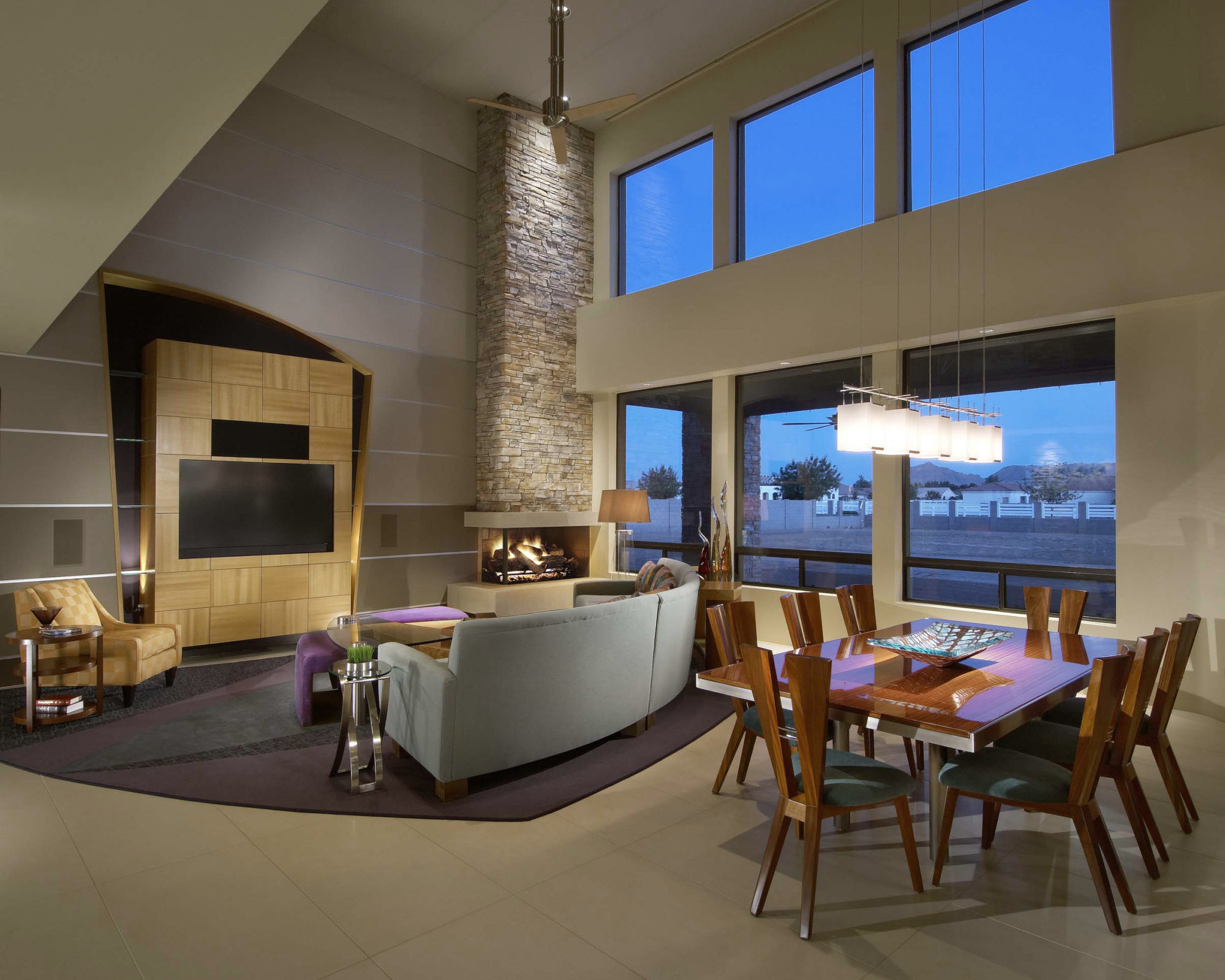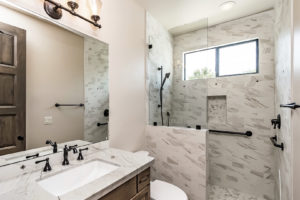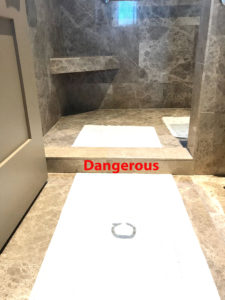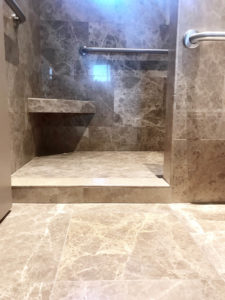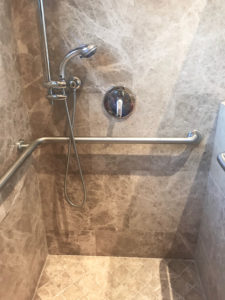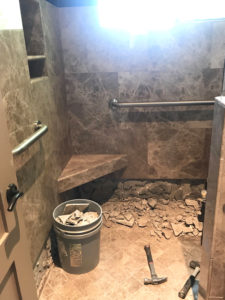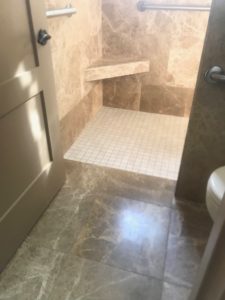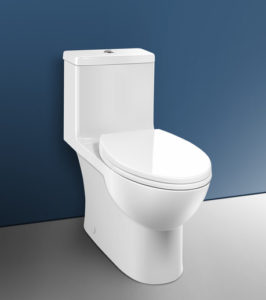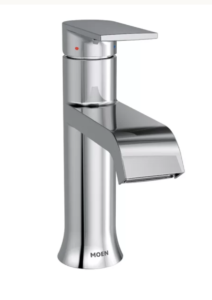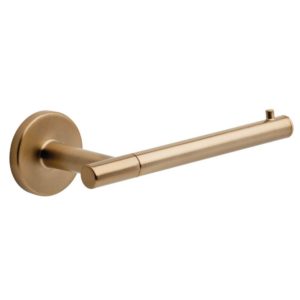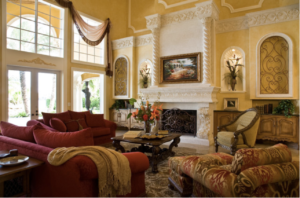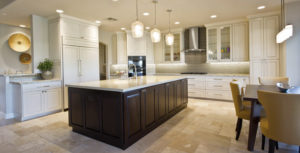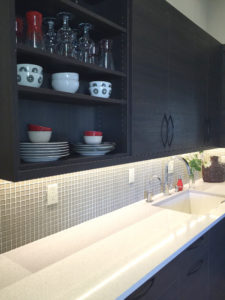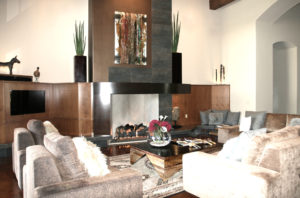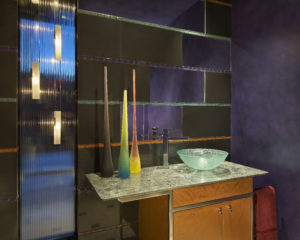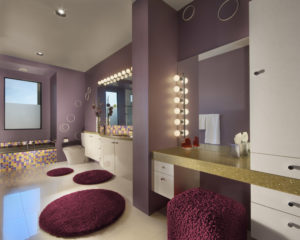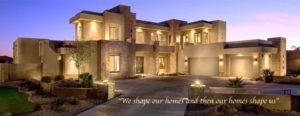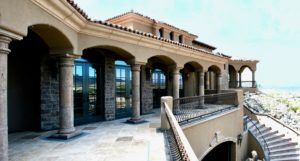
So imagine that you have worked for years, saving enough money to finally build your dream home. You get a few builders to bid your home and you figure that they are all about the same, I mean, how hard can it be to babysit a bunch of construction workers? Might as well save some money and go for the lowest price, right? One truth I’ve found to be true over and over again is this quote by Red Adai that the owner of our elevator company has as a byline on his email signature, “If you think hiring a professional is expensive, wait until you hire an amateur”! Nowhere is this as true as it is in choosing a custom home builder. Many times over the years we have seen where the cheapest bid ended up being the most expensive. This can be due to inexperience, incompetence or intentional deceit, among other things. There is no need to for this to happen to you, as there are quality, seasoned, builders in every part of the country. You just have to know what to look for. The builder you choose will be the determining factor as to whether your project is a disaster or a success.
The client is good at their particular field, and that’s why they have hundreds of thousands or millions of dollars to build a custom home in the first place. However, they are not experts in the intricacies and complexities of custom building, so the situation is often one of Buyer Beware. They don’t necessarily know how to tell if corners are being cut or games are being played. This is why it’s essential to find a builder with a long track record (do you want the surgeon who has only done a few surgeries or do you want one who has operated on hundreds of patients?) and who has the clients’ best interest at heart. As builders, we feel that one of our key roles is that of the homeowners “Protector”, per se. A builder is the homeowner’s advocate and one with integrity will not allow the customer to be taken advantage of, spend more than necessary and he keeps everyone in check, so to speak. Another way a quality builder protects the homeowner is by surrounding himself with like-minded trades, suppliers and reps. The team we surround ourselves with prides themselves on educating the client, when needed, so that that homeowner can make wise and informed decisions on their selections. In addition, these reputable companies will be there to help should any issues arise down the road.
A few months ago, we got a call from homeowners who were upset about some issues that had cropped up in their custom home that was about 4 years old. They said they choose their builder because he was about $50,000 cheaper than the other 2 builders. He had a winning personality and a clean record with the registrar but had only been building for a few years. They said they knew of our reputation and thats why they called us to give honest input on the issues (keep this point in mind when you get to the end of the paragraph) . When Kevin got to their home, he found that the upstairs shower had not been waterproofed or sealed properly and water had been leaking down the wall into the bathroom below, which had created a substantial mold issue. Also, the granite top in the kitchen was cracked and come to find out there had not been any support placed below a span of 7′ of granite! In addition, there was a good chance that the backsplashes would be destroyed when the granite was removed. Also, the sub-floor had been installed poorly, there were leaky skylights and the shower in the master had one of those rectangular drains that was placed along the top of the sloping shower floor, forcing the owners to swish the water towards it with their feet in order to drain the water (I don’t even have words for this one), just to name a few of the issues. They said they had no idea at the time that they were choosing a custom home builder how many things could go wrong. Oh, and he is out of business now. I’m sure that this guy was well-intentioned but he clearly had no clue how to tell if the work being done was done properly. They may be able to recover some money from the Recovery fund but that is a real pain in the you-know-what and only goes up to $30K. After Kevin pointed out the issues, told them what needed to be done and gave them a competitive price to fix everything, they thanked him profusely but said they needed to find someone cheaper because they were already out so much money. I guess they wanted to learn the same lesson twice!
Just a point I would like to mention here that is a real point of pride to me, and has a lot to do with choosing a custom home builder. After Kevin graduated with a business degree, he went to work as a roofer and then a framer. He had already been doing restoration work in high school but said that he was not going to be one of those drive-by builders. He wanted to know and understand everything in a hands-on way. So, I had convinced this California, surfer boy to move to Arizona after he graduated, and he went to work for a roofer in what was one of the hottest summers on record! When he didn’t run back to Cali, I knew then that he would be an outstanding builder! My point is not that every quality builder needs to have worked in the trades, but that they possess a deep knowledge of the nuts and bolts of building.
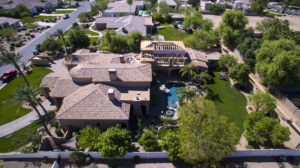
Most of our clients come to us on their second custom home, as after the first one they understand and appreciate the value of a seasoned builder who has survived the ups and downs of the economy. A true professional will not only save aggravation, headaches and time, but they are almost always less expensive in the long run.
Think of a home builder as the hub or conductor that is orchestrating a complex project where quality and timing must be coordinated like a fine machine to pull off a successful project. We interact with, coordinate and/or manage hundreds of people on any given project; such as, the architect or building designer, engineers, interior designers, the lender, title companies, government authorities, inspectors, suppliers, reps, subcontractors, owners, HOA associations, architectural review boards, realtors and developers, just to name a few. In addition, a builder has to be able to solve problems and issues creatively, efficiently, and in a cost effective and timely manner because many challenges arise on every project- it’s just par for the course. Also consider that the standards for your project will rarely rise above the standards of your builder. So you see, there really are very important things to consider when choosing a custom home builder and we really are more than babysitters.
Thank you for joining the conversation, which has been more of a general overview; however, in Part II, I will give you the insider details on what to look for when choosing a custom home builder and the Red Flags to watch for.
